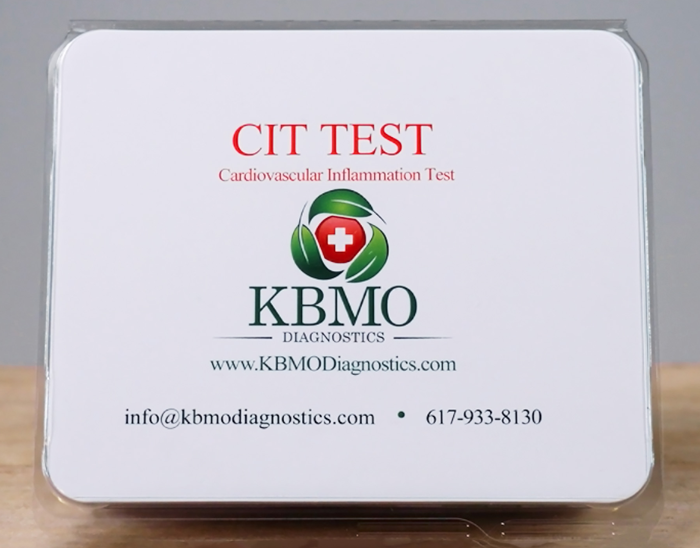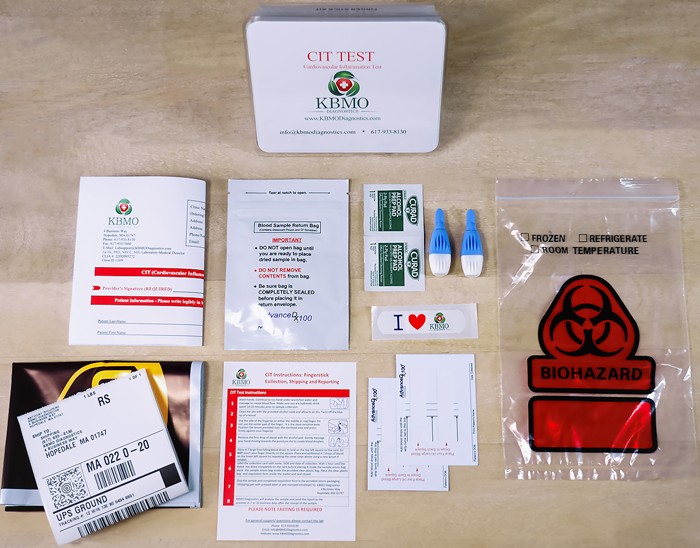Cardiovascular Inflammation Test (CIT)
Since most adults have some degree of cardiometabolic risk, the CIT has been designed to evaluate and monitor the extent of this risk for patients.
Cardiovascular disease, type 2 diabetes, metabolic syndrome, and obesity are widespread and very common among patients. These lifestyle diseases are largely preventable, treatable, and reversible. The right combination of blood tests can unmask and monitor risk for serious health problems including premature death and dramatically reduce quality of life.
Lipids
Total Cholesterol (TC)
Measures the amount of cholesterol in all cholesterol-containing lipoproteins
Triglycerides (TG)
Elevated levels increase CVD risk by altering lipoprotein metabolism
Direct Low Density Lipoprotein Cholesterol (LDL-C)
Amount of cholesterol in the atherogenic low-density lipoproteins
High Density Lipoprotein Cholesterol (HDL-C)
Amount of cholesterol in high-density lipoproteins (HDL). Higher levels of HDL are associated with reduced CVD risk, but not all HDL is good
Lipid Ratio
TC/HDL-C is a stronger risk factor than either LDL-C or HDL-C. Low HDL-C/TG is associated with insulin resistance.
Lipoprotein(a) (Lp(a))
Elevated levels, present in 20% of the population, are an independent risk factor for CVD
Apolipoprotein B (apoB)
A major protein in atherogenic particles. Stronger predictor of CVD than LDL-C
Metabolics
Homocysteine
High levels are associated with vitamin B deficiency in increased risk for CVD and dementia
Glucose
Fasting glucose is a strong predictor of diabetes and CVD risk
Hemoglobin A1c (HbA1c)
Assesses the average blood glucose over the last two to three months
Inflammation
High Sensitivity C-Reactive Protein (hs-CRP)
Acute phase inflammatory protein. Associated with atherosclerosis after excluding other causes


Your Kit Includes
Bloodspot Tutorial Video
Watch the tutorial video for instructions on how to properly collect a blood sample for the fingerstick kit.
